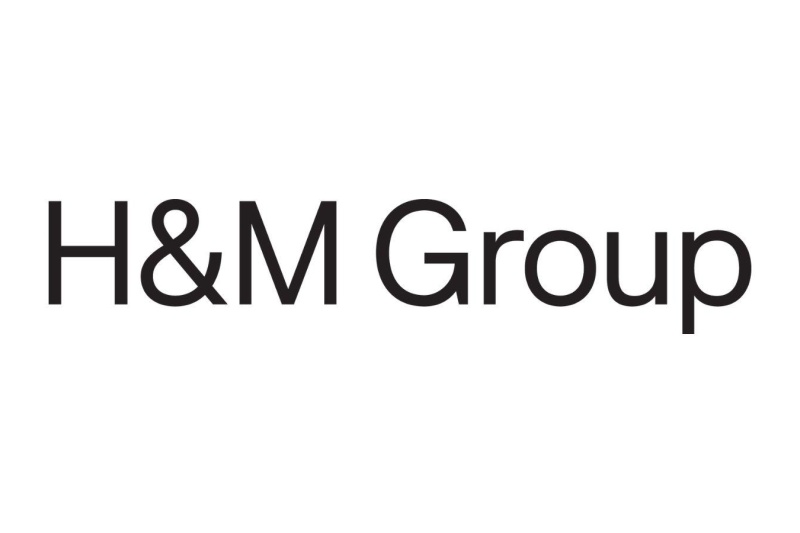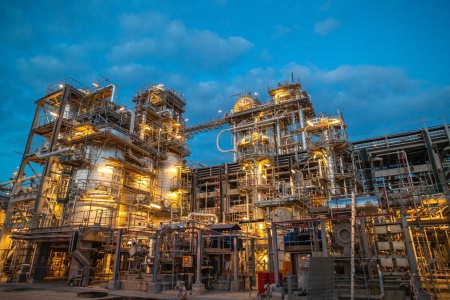
The SBTi welcomes stronger scrutiny on corporate climate targets
6th Feb 2022
Scrutiny helps us to create stronger methods for assessing and validating corporate climate targets.
By Alberto Carrillo Pineda, Managing Director of the Science Based Targets initiative.
At the Science Based Targets initiative (SBTi), it is our core mission to drive ambitious corporate climate action through the adoption of science-based targets. As such, we welcome the Corporate Climate Responsibility Monitor (CCRM) report developed by the New Climate Institute and Carbon Market Watch. Scrutiny helps us to create stronger methods for assessing and validating corporate climate targets.
The report exposes important gaps in the level of transparency and integrity of corporate net-zero targets. The same gaps identified in the report led the SBTi to develop the Net-Zero Standard, launched in October 2021. This Standard reflects best practice in corporate net-zero target setting, developed over a two-year process in close collaboration with experts from science, civil society and business. To date, only one of the 25 companies analyzed in the CCRM report - CVS Health - has had its targets validated against the Standard.
A draft of the report was shared with us last week, and our technical experts will spend more time reviewing the final report and considering potential actions to take. Our full response will be published once this detailed review has taken place.
Our initial analysis shows important differences in the methodology used in the report and the criteria used by the SBTi to validate emission reduction targets. Some of the key differences relate to the more flexible approach that the SBTi follows on base year selection, target year, and scope 3 target setting. This flexibility is important to make our criteria applicable to a wide range of company circumstances, while maintaining rigour and credibility. The reasons for our approach to assessing these elements are briefly outlined below.
Base year selection
As part of the validation process, the SBTi criteria ensure that companies commit to a target that leads to decarbonization in line with science by the target year and from the reference year. We call this “forward-looking ambition”. The reference year is the year the target was submitted to the SBTi for assessment or the latest available greenhouse gas inventory.
We provide flexibility in the selection of the base year that companies use in the target formulation (i.e. language used to describe the target publicly). There are many legitimate reasons for a company’s base year having higher emissions than surrounding years, including but not limited to years with unusual activity (e.g. the COVID-19 pandemic), mergers and acquisitions and business expansion.
Target year selection
The SBTi also provides some flexibility in the selection of a target year. Our latest criteria require companies to set a target with a timeframe of five to ten years. Earlier versions of our criteria required companies to set targets with a five to 15 year timeframe. Most of the targets approved by the SBTi have a 2030 target year. This timeframe range ensures near-term action, while also providing the flexibility needed to accommodate a wide range of sectors. This timeframe is also more suitable for and better reflects the impact of capital intensive abatement measures, which are needed to decarbonize our economy.
Scope 3 alignment and emissions coverage
Scope 3 refers to the indirect upstream and downstream emissions associated with a company’s activity - they are outside of a company’s operations. Examples of companies’ scope 3 emissions include those associated with the extraction and processing of materials, employees’ travel or with the use or disposal of a product or material, among others.
Scope 3 target setting is an evolving practice. When the SBTi launched in 2015, very few companies had a mature scope 3 inventory. Even today, scope 3 accounting is a significant challenge for companies. Acknowledging this, but also, the critical role that scope 3 target setting plays in creating aligned incentives to decarbonize entire value chains of our economy, the SBTi’s latest criteria provide a more flexible approach for near-term targets, while still ensuring that companies commit to deep decarbonization (90% or more) to reach science-based net-zero emissions.
We are carrying out a comprehensive review of our scope 3 target setting methods and criteria to ensure they reflect lessons learned over the last seven years, and are fully aligned with our new Net-Zero Standard. This work will be carried out throughout 2022 and will be finalized by the end of the year.
Science-based target setting has evolved over time to ensure that targets approved by the SBTi are consistent with best practice and the latest science, including from the International Energy Agency (IEA) and the IPCC. Our latest criteria and the Net-Zero Standard represent the highest ambition in corporate climate target setting. Targets approved using earlier versions of our criteria reflect best practice at the time those targets were submitted for validation by the SBTi. However, we encourage all companies to align their targets to the latest criteria as soon as possible, and have a ratchet mechanism in place to ensure that companies review their targets every five years.
The SBTi is committed to ensuring that science-based target setting becomes standard practice for companies worldwide. We will continue to seek and engage with feedback, and with the latest research on this topic, including the CCRM report, to continue to strengthen the SBTi target setting framework. Regular updates will continue to be shared on our progress. If you have any questions or comments, contact the team at info@sciencebasedtargets.org.



